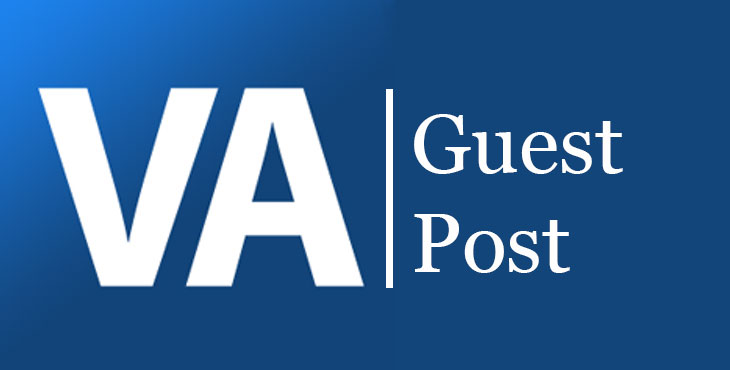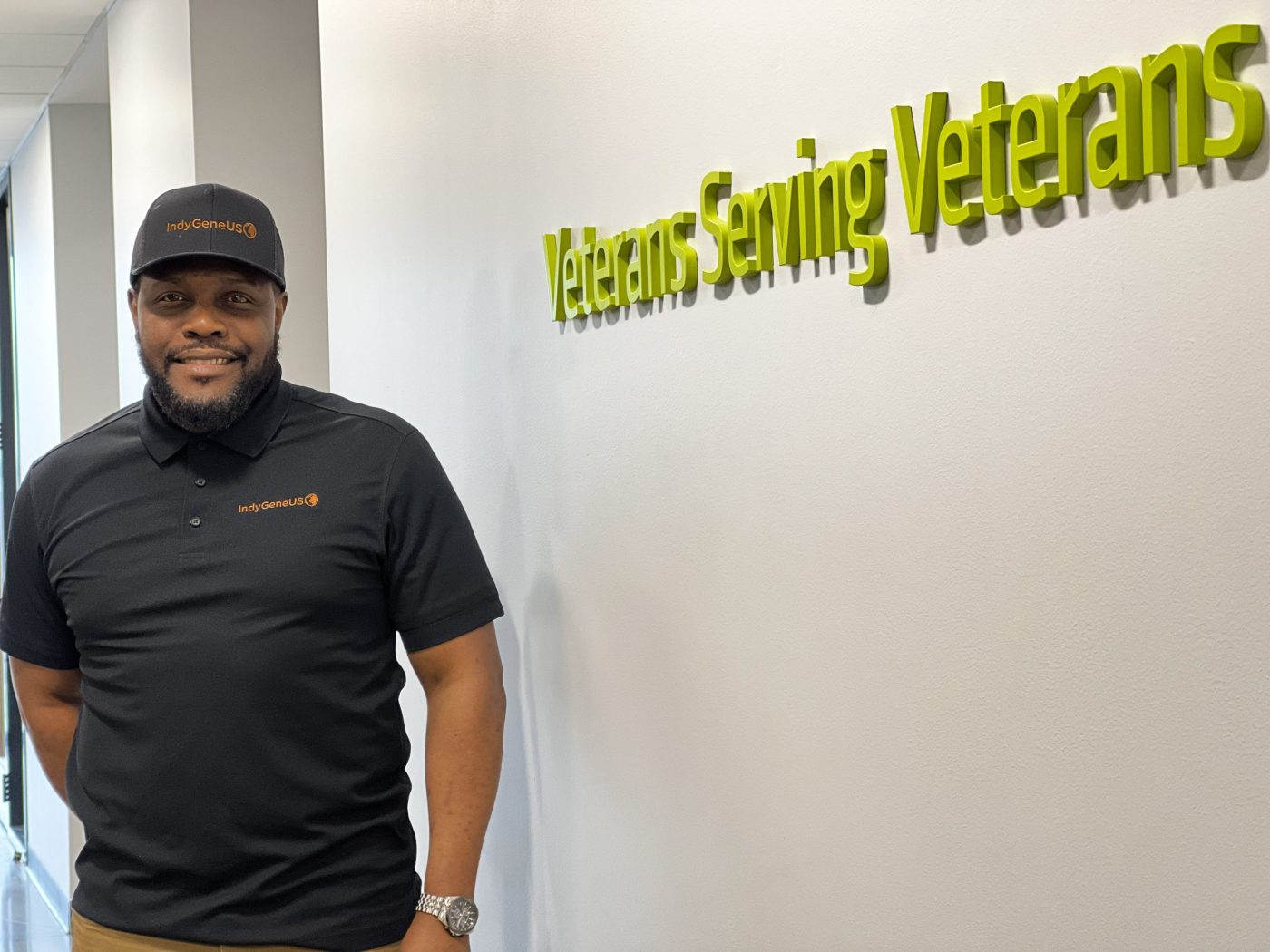As a VA researcher and former NASA astronaut, I feel fortunate to have experienced the best of both scientific worlds: molecular and cellular biology, and spaceflight. Today, as Endeavour circles the Earth with two VA Research studies aboard, it seems like an especially good time to talk about the numerous benefits gained from the VA-NASA partnership.
First, I’m sure many of you may be surprised to learn that VA has sent research projects into space! In fact, VA has had a very strong presence in the NASA space shuttle program. VA research has flown payloads related to bone growth and also immune function, and on the last 10 shuttles, has sent up studies regarding vaccine targets. The two projects aboard the Endeavour are the last in a series working toward vaccines for two common infections: salmonella, and also an antibiotic-resistant form of golden staph, the most common bacterial agent in infections among deployed troops.
Following Endeavour’s mission, VA research will fly another payload on the last journey of Atlantis (now scheduled for June). Additionally, the Durham VA medical center houses a lead laboratory for the International Space Station Pathfinder program.
I’m sure you can imagine the high degree of teamwork needed to plan, coordinate, and send research into space! For every payload experiment there are up to 30 people supporting the principal investigator and his or her studies. Those people help coordinate the activities between the two agencies, plan and implement the integration of the experiment onto the spaceship and onto International Space Station, and, of course, assist the astronauts who conduct the experiments.
As someone who has worked with both VA and NASA professionals for many years, I can tell you from personal experience, it is truly an impressive operation. My eyewitness account to this collaboration began in 1983 when I had the great honor to be selected as a member of the STS-40 Spacelab Life Sciences crew – the very first Spacelab mission dedicated to biomedical science studies. At that time, I was investigating the mechanism of how bone cells grow and trying to find the reason for spaceflight osteoporosis. Subsequent studies of mine, which flew on five NASA missions, led to findings that provided the basis for what I’m working on today: finding ways for rapid fracture healing after traumatic injury.
Additionally, my immunological studies here at the San Francisco VA medical center have flown into space on both the shuttle and on the Russian Soyuz spacecraft. These projects, in turn, paved the way for a grant I received to examine the early T-cell response to infection in aging. This knowledge will enable us to modulate the immune system and thereby help the elderly fight infection.
Simply put: My work, the findings from these studies that have helped improved health care for our Veterans, would not have been possible without the VA-NASA partnership.
Millie Hughes-Fulford, PhD, is a Principal Investigator at both UCSF and VAMCSF and is the director of the Hughes-Fulford Laboratory located at the VASFMC. She is an Adjunct Professor at the University of California Medical Center at San Francisco. Additionally, Dr. Hughes-Fulford serves as Scientific Advisor to the Under Secretary of Veteran’s Affairs.
Topics in this story
More Stories
The Social Security Administration is hoping to make applying for Supplemental Security Income (SSI) a whole lot easier, announcing it will start offering online, streamlined applications for some applicants.
Yusuf Henriques, an Army Veteran and former combat medic, is the founder and CEO of IndyGeneUS AI, a genomics company on a mission to improve health equity by increasing representation of women and racial minorities in clinical trials.
Online shopping scams are the riskiest scam for Veterans, with 77.3% of reports confirmed losing money when targeted by this scam.








Thanks Millie! This is amazing. I am sure VAMC and NASA are doing great job together.
Millie: Thank you for your service as a Astronaut, It is a “Veteran” Status, and Im humbled you decided to join the VHA. I know you could have gone elseware in your career. The VHA has three Noble Prizes, it begins by serving veterans and ends up in the whole community to serve all populations. That is a honorable reason most veterans took the oath, to serve the whole.
When time permits say hello to Bill Thompson at NASA as I wrote a white paper to him in 2008 the Solas project to have our “Dom” (CWT) veterans be watchers of his 3-sats heading for the “darkside” of the Sun. Ok our vets did not get the “VA CWT Job” in Hawaii that I wanted to sample. But he at least gave us a good reason…the cost to put up a 30 ft dia,antenna, wow. He did feel it had potential to have vets on watch and line of sight the info from earth base stations as thats what we were all trained to do. Regardless of the dis-abilities, and stigmas held in most areas of society most vets still want a mission its the “nature of most vets”…and simply put a NASA or NOAA mission is a very cool protocol to engage greater in Dom or CWT settings as a transition model. What would a future employeer say when reading a resume of a vet NASA/NOAA science engagement intern. That is how you truly end recursive homelessness in our vet families and that is how we end stigmas in society..by flanking the perceptions. VR Jim White, Veteran, COO-GPP, Air Hospitals- Pittsburgh USA
Millie: It’s good to see the veteran can go fight and die so you can have an excuse to get funding for medical research and fly around in space. While you are doing that, millions of claims back up. If VA is so smart, why did I get my OEF/OIF* newsletter, dated December 2010, via snailmail in May – 5 months after publication. I wish VA would stick to their knitting and pay claims, provide medical care without infecting veterans with aids from unsterilized equipment, and treat the veteran with dignity rather than cold bureaucracy.
* These are wars, Millie. While you were doing medical research, some of us were participating in them.
Sheesh, stop publishing this crap to feed the ego’s of arrogant PhDs.
Wonderful article. VAMC and NASA make a wonderful team. Thank You Millie!
Great article! As a NASA groupie, and patient at VAMCSF, its nice to know their are astronauts among us!
Nice work Millie. You are gem to the VA, NASA, and the Veterans you serve.